Publisher
Routledge
ISBN 10
1032230169
Published
1 Jun 2023
Race, racism and anti-racism are topics that are extremely challenging to talk about. They are equally challenging to address, and I therefore understand the tendency to give anything linked to these terms a wide berth.
Having said that, the fact that we tend to avoid this focus is precisely the reason that I wanted to read Macfarlane’s book on how to achieve structural race equity in schools.
To begin with, it has to be noted that Unity in Diversity is neither a book that you can read in one sitting nor one that you can only read once. That’s a good thing for a number of reasons, not least because it will evoke emotions in you that you will need time to sit with, process and understand. Some of the case study experiences convey the heavy weight of the experiences individuals from minoritised ethnicities carry, and you may have strong responses to some of the terms used within the book. I certainly did.
The book is divided into four main sections: race inequity in education, developing racial literacy, the curriculum, and recruiting, retaining and developing a diverse body of staff, governors and trustees. Each is informed by recent anecdotes, research and references that ensure Unity in Diversity is relevant for our times and educational experiences.
This is a book that doesn’t shy away from addressing the realities that some educators of colour face within their educational settings, and I applaud Mcfarlane for highlighting and addressing what sadly too often remain elephant-in-the-room realities within schools. These include staff negativity to anti-racism initiatives, racist aggression from school community members and staff of colour being made to feel invisible.
Unity in Diversity guides educators who worry about saying the wrong thing or using the wrong words through the process of creating a ‘common language around race equity’ within their organisations. This is an important endeavour as there are many different definitions of and around race.
The exercises require time, effort and deep reflection to answer
As Macfarlane points out, the most important thing for leaders to do is listen ‘without judgment and without interruption’ as this will help you learn to see things from different people’s perspectives. To ensure this leads to the culture shift we need, she also provides a framework to help leaders demonstrate their commitment to anti-racism to their communities.
The book provides very clear definitions of the terms bias, prejudice and discrimination and ways to distinguish between them. These are followed up with a thought-provoking exercise based on five scenarios to determine which they are examples of how to respond appropriately.
Macfarlane also provides a clear distinction between diversifying a curriculum and decolonising it, and the result of this painstaking work on language is a practical, informative and well researched book to do the internal and external work, with individuals and collectively, to achieve racial equity in education.
Each chapter has a number of exercises that require time, effort and in many cases deep reflection to answer. That is a good thing. A commitment to this work should result in transformative changes and not mere tweaks.
In one respect, however, the book overlooked a key factor. There is an assumed understanding about some of the terms used within a few of the case studies. I had to have some of the book’s terms explained to me, so it would have been helpful to include a glossary. This is especially important given some can have negative connotations, and would be a good opportunity to provide more historical and theoretical background.
Having said that, undertaking unity in diversity is firmly based on the four fundamental truths Macfarlane sets out in the early pages. If you are committed to doing the work to address diversity in your setting, this is most definitely the book for you. She has taken the time to carefully craft something that is honest, transparent and meaningful, and I applaud her again for having the courage to use her ‘privilege as a force for good’.

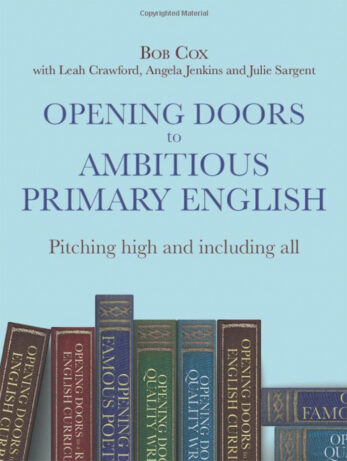
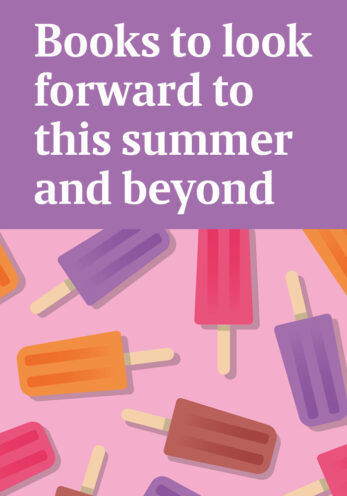
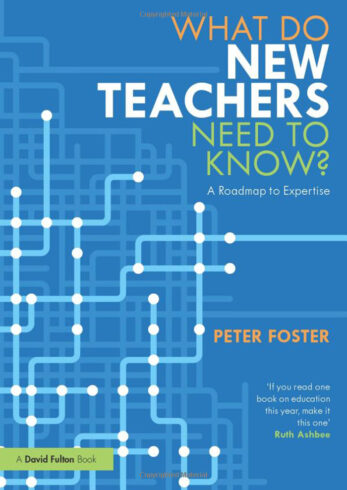
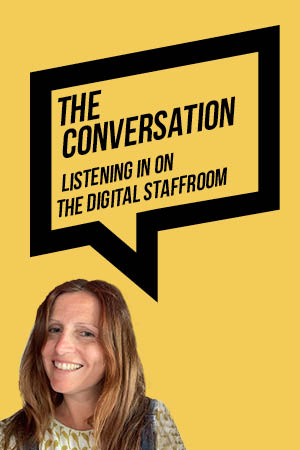
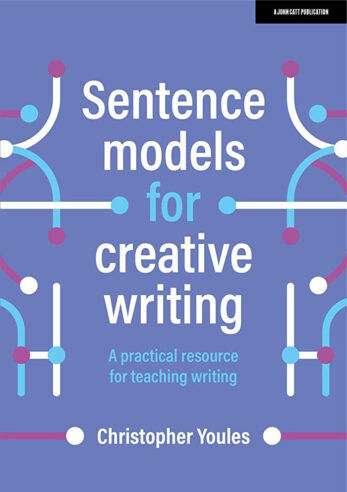
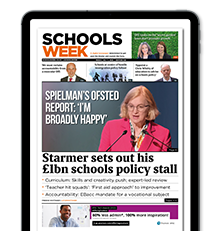
Your thoughts